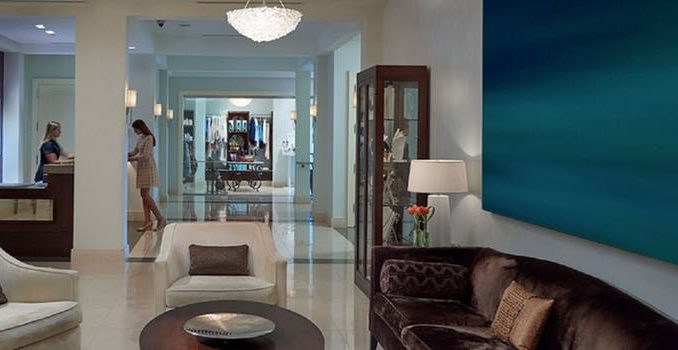
By Jeff Zabin, Managing Editor
Making the business case for upgrading PMS capabilities means projecting the likely return on investment. In projecting ROI, the first question hoteliers should ask is: To what extent will the new system reduce the amount of time currently being spent on managing front desk activities, including check-ins and check-outs, and on such time-consuming tasks as consolidating guest accounts and managing rates and availability across distribution channels, including OTA, GDS, Web, and travel agents?
Also: To what extent is the new system likely to improve sales and revenue — for example, by increasing bookings via web booking engine integration, increasing occupancy rates through real-time inventory updates, and increasing average daily rates through integrated revenue management and advanced forecasting tools?
Another key factor to consider pertains to reduction in losses, including losses related to errors in manual updates and delayed or lost room charge postings (guest purchases made across other parts of the property), as well as lower integration costs with third-party hardware and software.
Keep in mind that enhancing the quality of the overall guest experience through the deployment of a next-generation PMS should lead to a greater number of repeat guest stays and a higher volume and intensity of positive brand advocacy. The correlation between favorable guest reviews and positive economic outcomes should factor into the equation. Ultimately, hoteliers should select a partner that shares their same desire and vision for success.
Next-generation property management systems tend to be less expensive and require less up-front investment on the whole than their predecessors. There are many reasons for the shift to increased affordability, including the fact that installation is generally less complex and hardware less expensive compared to, say, a decade ago.
With most next-generation systems, the data is stored in the cloud, reducing (or even eliminating) the need for on-premise servers. most cloud-based systems also use a subscription “pay as you go” model, which generally means no long-term contracts and no upfront capital investment for the software or hardware. This may be an important consideration for smaller hotels with a limited budget. Cloud solutions are generally built to scale as the volume of business increases, so the costs are always in coordination with the size of the hotel’s operations.
In all cases, it is important to confirm which software features and modules, including future upgrades — as well as which hardware components, if any — are included in the base (recurring) price so as to avoid any surprises down the road. Also, it’s important to factor both the direct and indirect costs into the equation. While the direct costs refer to the purchase price of the both the hardware and software, which, again, is likely to consist of a monthly charge for cloud-based systems, the indirect costs may include software customization, staff training and data backup.
Ultimately, the financial benefits of a next-generation PMS are multifold. Streamlining operations across the organization and providing better management controls should lead to increased staff efficiency and reduce operational costs. Enhancing Guest Relationship Management capabilities should improve guest satisfaction, loyalty and retention. These improvements should be reflected in increased RevPAR and profitability. Better data integration and accuracy should improve revenue management and channel management capabilities, also translating into favorable financial outcomes.


